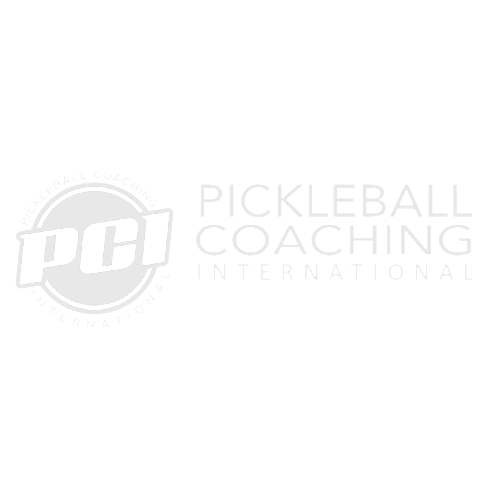Feeding Frenzy: How Best to Send the Ball
With the exception of serving, if you are working with players to develop a new skill you will likely have to involve a feed of some kind. A feed is the method by which the ball gets to the player so that they can hit it. Here are a few kinds of feeds as well as the reasons you might choose them over others:
Self-Feed. This is when a player tosses the ball to themselves in preparation for hitting it. This is usually the easiest kind of feed since the player has all of the control. Self-feeds work great when you are trying to keep the variables at a minimum and are focused on how a player sends the ball rather than how they receive it. One common application is when learning to play a drop or a drive. The player will bounce the ball on the ground and then send it with their paddle.
Partner Hand Feed. This is when one player (or coach) tosses the ball to another. This is typically done from close range and the goal is to have excellent control over how the ball is sent to the player. A common application can be when players are learning to dink from the NVZ.
Paddle Feed (dead ball). This kind of fed is more realistic than the self-feed or hand-feed because it is sent with the paddle by a partner. It is considered a "dead ball" since it is not done in a fluid or live playing situation, but rather fed immediately before the shot the player is focusing on. This feed is likely more varied than hand feeds since most players have less control with their paddles than their hands. A common application is when practicing a return of serve.
Paddle Feed (live ball). This is the most challenging kind of feed to send with consistency since it occurs in the middle of a dynamic rally. The goal is to maximize the realism of a game situation. An example would be where one player working on drops from the baseline receives balls from their partner at the net. The balls being sent, however, or part of an ongoing exchange where neither player's hands touch the ball. Both players are focused on sending a particular kind of ball so that the drill can proceed as planned.
How To Decide What Kind of Feed to Use
Each kind of feed has its place in effective coaching but here are some things you may want to consider:
1) How important is realism? If you are working on a technical skill that is completely new for a student (e.g. a grip change or a new sensation when hitting the ball), then it may make sense to begin in a very controlled environment. A hand-feed is ideal for helping players to get that new feeling through a high volume of quality repetitions. As they get the sense of what they are doing, you can make it more realistic by moving progressively to the other kinds of feeds so that the players have to receive the ball well in addition to sending it.
2) How skilled is the feeder? If you are an expert player who can pretty much put the ball exactly where you want, you can use Live Ball feeds much more often than someone with less control. This is nice because it maximizes the realism of the drill. If, however, your own playing skills mean that you will get the ball in the appropriate place only some of the time, you may want to rely more on dead ball or even hand feeding in order to maximize the opportunities for your student to work on the skill they are practicing.
3) How important are reception skills to shot execution? If you are working on something like identifying which balls to let go out versus which balls to try to hit, the focus is mainly on identifying different kinds of fast balls. It makes sense, therefore, that the paddle be used to feed the ball so that they can be hit with speed. If, however, a player is just learning how to rotate their body when they hit a groundstroke, it may make more sense to focus on that feeling in a controlled setting (self or partner hand feed) before taking the next step to using the paddle to send the ball to the player.
Selecting the right type of feed is not easy. As much as possible, we'd like the practice situation to be realistic. But if that means we sacrifice the quality of the feed or its frequency, our student doesn't get as many reps or chances to improve -- and that's bad. This is one reason it is so important for instructors to work on their own playing skills; the better they are at putting the ball right where they want, the more expansive their feeding options.






